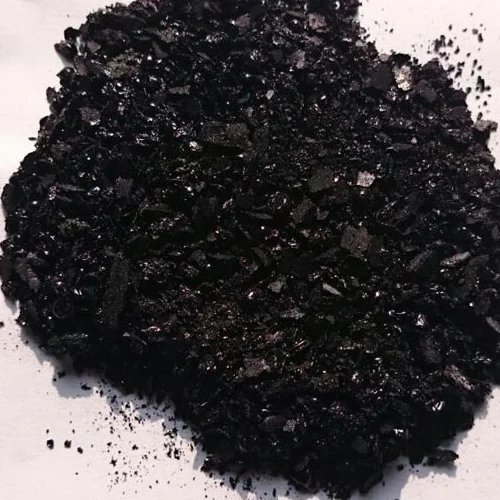Exploring Natural Indigo Dyeing Techniques and Products for Creative Projects
Dyeing with Indigo A Timeless Art
Indigo dyeing is one of the oldest and most revered textile traditions in the world. This deep blue dye, derived from the leaves of the indigo plant, has a rich history that intersects with culture, economy, and art across various civilizations. From ancient Egypt to modern fashion runways, indigo has remained a beloved choice, thanks in large part to its vibrant hue and durability.
Dyeing with Indigo A Timeless Art
Historically, indigo played a significant role in trade routes, becoming a valuable commodity in countries like India, West Africa, and Japan. Indigo cultivation and dyeing became a major industry, especially during the colonial era, where European powers exploited indigenous practices for profit. However, local traditions persisted, and countries such as Japan developed their own unique indigo dyeing techniques, like shibori, which combines indigo dyeing with intricate folding and binding methods to create exquisite patterns.
dyeing with indigo products

In addition to its cultural significance, the demand for indigo products has surged in recent years due to a growing interest in sustainable fashion. In an age where consumers are becoming increasingly conscious of their environmental impact, natural dyes like indigo offer a sustainable alternative to synthetic dyes, which can be harmful to both the environment and human health. Brands are now prioritizing eco-friendly practices and transparent supply chains, making the revival of indigo dyeing an appealing option.
The appeal of indigo also lies in its versatility. It can be dyed on various fabrics, including cotton, silk, and linen, creating a wide range of products, from high-end couture to everyday textiles. Contemporary designers are experimenting with indigo in innovative ways, merging traditional techniques with modern aesthetics. This blend of old and new has led to a resurgence of interest in indigo-dyed products, from denim jeans to home furnishings.
Moreover, the artistry involved in indigo dyeing goes beyond the color itself. Craftsmanship speaks to the personal stories and cultural heritage that artisans bring to their work. Each piece dyed with indigo carries a sense of identity and connection to the past, celebrating traditional techniques while embracing contemporary design principles.
In conclusion, dyeing with indigo is more than just a method of creating fabric; it is a celebration of history, culture, and creativity. As we move toward a more sustainable future, the enduring legacy of indigo reminds us of the beauty that can arise from ecological awareness and respect for artisanal traditions. Whether it's through vibrant textiles or modern fashion statements, indigo will continue to inspire and captivate for generations to come.
-
The Timeless Art of Denim Indigo Dye
NewsJul.01,2025
-
The Rise of Sulfur Dyed Denim
NewsJul.01,2025
-
The Rich Revival of the Best Indigo Dye
NewsJul.01,2025
-
The Enduring Strength of Sulphur Black
NewsJul.01,2025
-
The Ancient Art of Chinese Indigo Dye
NewsJul.01,2025
-
Industry Power of Indigo
NewsJul.01,2025
-
Black Sulfur is Leading the Next Wave
NewsJul.01,2025

Sulphur Black
1.Name: sulphur black; Sulfur Black; Sulphur Black 1;
2.Structure formula:
3.Molecule formula: C6H4N2O5
4.CAS No.: 1326-82-5
5.HS code: 32041911
6.Product specification:Appearance:black phosphorus flakes; black liquid

Bromo Indigo; Vat Bromo-Indigo; C.I.Vat Blue 5
1.Name: Bromo indigo; Vat bromo-indigo; C.I.Vat blue 5;
2.Structure formula:
3.Molecule formula: C16H6Br4N2O2
4.CAS No.: 2475-31-2
5.HS code: 3204151000 6.Major usage and instruction: Be mainly used to dye cotton fabrics.

Indigo Blue Vat Blue
1.Name: indigo blue,vat blue 1,
2.Structure formula:
3.Molecule formula: C16H10N2O2
4.. CAS No.: 482-89-3
5.Molecule weight: 262.62
6.HS code: 3204151000
7.Major usage and instruction: Be mainly used to dye cotton fabrics.

